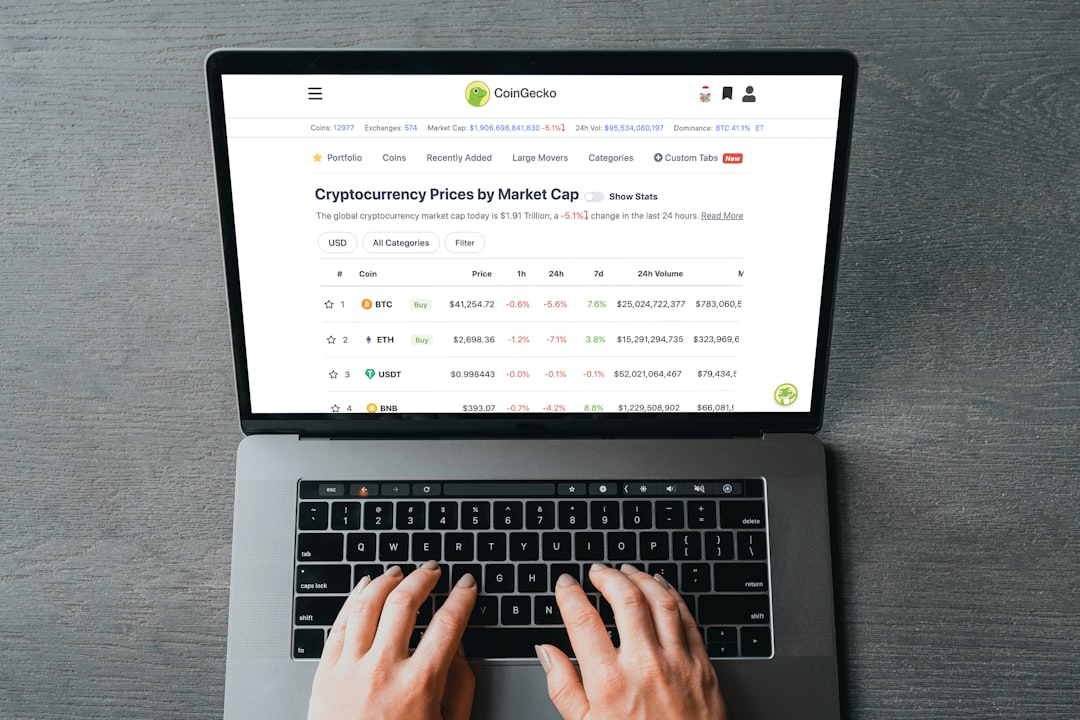In the competitive world of SEO, every metric counts — and one of the most debated in recent years is Click-Through Rate (CTR). There’s been increasing discussion around how CTR manipulation can affect search rankings. But is it fact, or fiction?
In this article, we’ll take a clear-headed look at what CTR manipulation involves, examine commonly held myths, and compare them against the reality of how search engines actually operate. Whether you’re an SEO professional or simply curious about modern SEO tactics, understanding this topic is crucial for staying ahead of the curve.
What Is CTR Manipulation?
CTR manipulation refers to the practice of artificially inflating the number of clicks a URL receives in search engine results pages (SERPs). The goal? To convince search engines like Google that a particular listing is more relevant or attractive to users than it really is, potentially resulting in a higher ranking.
There are two primary types of CTR:
- Organic CTR: This is the number of clicks a page gets in the organic (non-paid) search listings, divided by the number of impressions.
- PPC CTR: This refers to the click-through rate of pay-per-click ads.
In the context of manipulation, discussion is almost always focused on organic CTR.
Why Is CTR Important in SEO?
For years, SEO professionals have debated whether Google uses organic CTR as a ranking factor. The logic is simple: if users are clicking through to a certain result more frequently than others, it might be viewed as more relevant and thus more deserving of a higher placement.
Google has consistently said that while they may consider user feedback signals like clicks to validate and test algorithms, they are wary of manipulation and label CTR as a noisy signal.

Still, data from test cases and studies by the SEO community suggest that click behavior can have a temporary influence under certain conditions — especially in low-competition niches or newly indexed pages.
Common Myths About CTR Manipulation
Myth 1: CTR Is a Definitive Ranking Factor
This idea persists widely, but it’s misleading. While click behavior can be a signal, it is rarely used in isolation. Google has repeatedly emphasized that they rely on hundreds of signals to assess content quality and user satisfaction. CTR is just one of many.
Myth 2: Increasing CTR Guarantees Higher Rankings
Artificially boosting clicks using bots, click farms, or specialized CTR manipulation tools may temporarily lift rankings, if at all. But this is often short-lived, especially when Google’s systems detect unnatural patterns.
Google’s algorithms are built to identify suspicious click behavior. They use sophisticated filtering methods, including:
- IP tracking
- Session behavior (e.g., durations of visits)
- Bounce rate analysis
- Click vs. dwell-time correlation
Myth 3: CTR Manipulation Is Safe and Undetectable
This couldn’t be further from the truth. Google has vast experience combatting advertising fraud. Many artificial CTR tactics resemble click fraud, and Google’s anti-spam and machine learning systems are trained to detect such anomalies.
The Reality of CTR Manipulation
The truth is more nuanced. Here’s what serious SEO professionals should understand:
1. Organic CTR Is a Feedback Signal, Not a Foundation
CTR can help search engines test how users interact with new or rising pages. If users consistently click a link and spend time engaging with the content, this can validate the result’s relevance.
However, this only works when combined with other quality indicators like:
- Low bounce rate
- High dwell time
- Engagement metrics (e.g., scrolling, time on page)
- Natural backlinks
In short, CTR on its own does not sustain rankings—it just adds context.
2. Manipulated CTR May Trigger Spam Detection
Google has explicitly confirmed that they use click-spam detection methods to prevent artificial ranking boosts. In 2020, Google’s Search team reiterated that spamming CTR is not a sustainable strategy and may even result in penalties or manual reviews.
Cases where manipulated CTR appears to work are often either temporary or coincidental — like when a page was already positioned to climb. It’s also important to note that some reported successes might not isolate CTR as the sole influencing factor.

3. Real User Engagement Matters More
If you want to boost CTR in a meaningful way, the most sustainable method is to improve your listings organically. Techniques include:
- Improved titles and meta descriptions: Write compelling, relevant copy that matches searchers’ intent.
- Schema markup: Use structured data to enhance your snippets with rich elements (reviews, FAQs, etc.).
- Video or image previews: Where applicable, enhance visibility through multimedia support in the SERPs.
These optimizations improve CTR by genuinely meeting user expectations, rather than gaming the system.
How to Ethically Improve CTR
Not all attention to CTR is bad or manipulative. Ethical strategies exist to boost your click rates while contributing to a better user experience.
1. A/B Test Headlines
Experiment with different headline structures, emotional triggers, and clarity to see which versions attract more clicks.
2. Localize Your Listings
For location-based searches, include regional terms to increase relevancy and appeal to nearby searchers.
3. Optimize for Featured Snippets
Creating clear, structured content with bullet lists or Q&A formatting can help you earn these prime search positions that naturally enjoy higher CTRs.
4. Monitor CTR Using Google Search Console
Google Search Console is a free and powerful tool to monitor your organic CTR. Watch for outliers: if a page has high impressions but low CTR, your title/meta description may need work.

Conclusion: Focus on Value, Not Loopholes
While CTR manipulation may sound like a clever shortcut to the top of Google rankings, it is fraught with risk and often unreliable. The myths around it can lead businesses and marketers astray, chasing temporary wins instead of investing in long-term growth.
The best way to improve your CTR — and your rankings — is to understand your audience, serve their needs, and structure your content to align with search intent. Use honest tactics. Google has made it abundantly clear: there are no long-term benefits to trying to game the system.
CTR is best seen as a diagnostic metric, not a lever to be pulled artificially. Improve it by delivering genuine value, and the rankings will follow over time.


